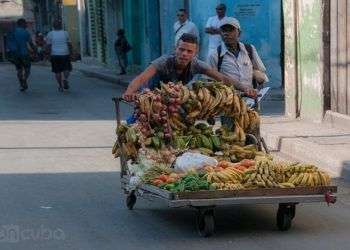Major U.S. Companies in Cuban Market
It is true that several U.S. companies have signed agreements with Cuban state enterprises. Some of them are in the front line of their business sector. This group of new agreements can be viewed from many angles. I will try to analyze some of them. The moment in which these agreements were signed is perhaps what calls the most attention. It would seem that this goes against all rational expectations in terms of business strategy. They have been signed after an election where a future U.S. president does not offer any security to “continue” the road undertaken by the Obama administration, rather the contrary. Thus it calls attention that despite the supposed relative irrelevance of the Cuban market (and compared to other markets in which those companies are involved) they have risked doing something that seems to go against the political line of the new administration. Cuba is barely a decimal point in the global markets of companies like Google, Caterpillar, General Electric or Good Year. It could be and in fact is different for the cruise companies. There could be diverse speculations but facts are facts, they have signed agreements when expectations don’t seem promising. The “symbolism” of the...


















